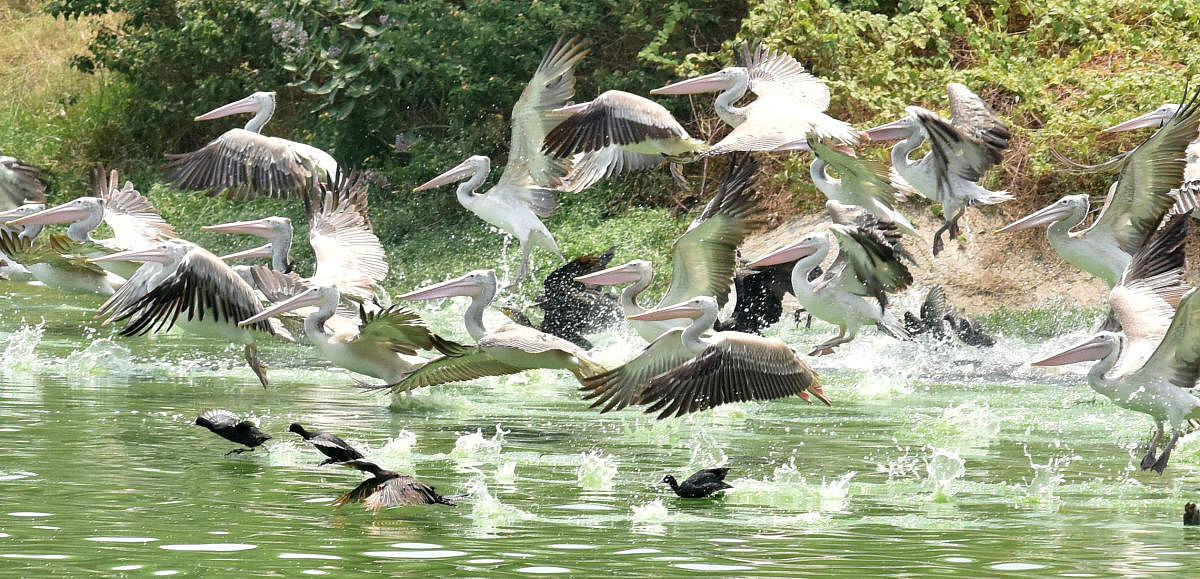
Back when the Occupy movement raged, a disturbing trend emerged. Urban spaces for public gathering and protest were rapidly shrinking the world over. In Bengaluru, the story is no different at the moment.
Urban commons, cityscapes shared by all, binds the collective, weaving in all social classes in the so-called third quarter, after home and work. Citizens meet and engage in meaningful interactions here. Now, private players, in the garb of enhancing social mobility, are gobbling up the commons, restricting access.
“Cities must be redesigned around lakes, parks and wetlands kept as urban commons to ensure that citizens derive benefits. Falsely ‘protected’ by private entities, the voiceless and disadvantaged — children, elders, differently-abled, migrant workers, dhobis and grazers — are often excluded,” notes ecologist Harini Nagendra.
Commons aren’t just physical spaces. They nurture progressive ideas, safety as a public common, for instance.
“At least now, citizens should demand their rights, to clean air, water and environment as per article 21 of the Constitution. Voting percentage in the April 18 LS poll reminds us of the apathy of the majority. If this continues, the city will be unlivable,” says professor T V Ramachandra of the IISc.
So, why are we at this seemingly irreversible juncture?
“Irresponsible waste disposal, encroachments and de-notifying ecologically vital heritage spots by irrational decision makers speak volumes of environmental illiteracy. Alterations of landscape will hamper ecology, evident from low water retention, biodiversity loss, widespread disease vectors, etc.” he explains.
“Mismanagement by bureaucracy and stakeholders’ apathy cost us our public spaces. Indeed, a ‘tragedy of the commons’. Many native species of fish in the lakes are lost thanks to untreated sewage and industrial effluents. Exotic species thrive now,” Ramachandra points out. The larger idea of the commons is inclusive and robust city building.
“Media could play a role. More writing on evolving urban culture is welcome. People don’t care about public spaces. Mindsets need transformation. Rich and poor alike trash our streets and waterbodies,” says KSPCB chairman C Jayaram.
As all is not lost yet, it is quite clear that Bengaluru cannot afford to continue unabashed.
“Still there are biota-rich islands. We need to make an inventory and adopt stringent measures. Nevertheless, haphazard urbanisation along with water, land and waste mafias are a threat. If concretisation continues, by 2025, 95% landscape will be devoid of biotic elements,” professor Ramachandra warns.
Small but definitive steps are needed at a time when citizens shrink into islands in a multitude of what could have been a bustling metropolis with a uniquely rich culture mix. Most of the ‘commoning’ now end up in privately-owned exclusive entities.
“Why are BBMP parks shut from 10 am to 5 pm? This is denying access,” says Naresh Narasimhan, urban designer.
According to professor Ramachandra, only 3.5% Bengalureans are environmentally literate as per an IISc survey of 2008-2010. “We must sensitise ourselves through appropriate curriculum revisions,” he suggests.
We do not lack concerned voices. A concerted campaign must emerge from those voices incorporating all stakeholders.
“Biodiversity is a big reason why brand Bengaluru is surviving. Citizens must stop complaining, roll up their sleeves to preserve and create new public spaces. BBMP must use ward committees as a vehicle,” says Srinivas Alavilli of Citizens for Bengaluru.
If we fail to check what is going on right now, inequities will rise, further deepening social fissures, rendering us incapable of creating a thriving city, leaving the majority far behind for a socioeconomic mobility that may crumble any moment.